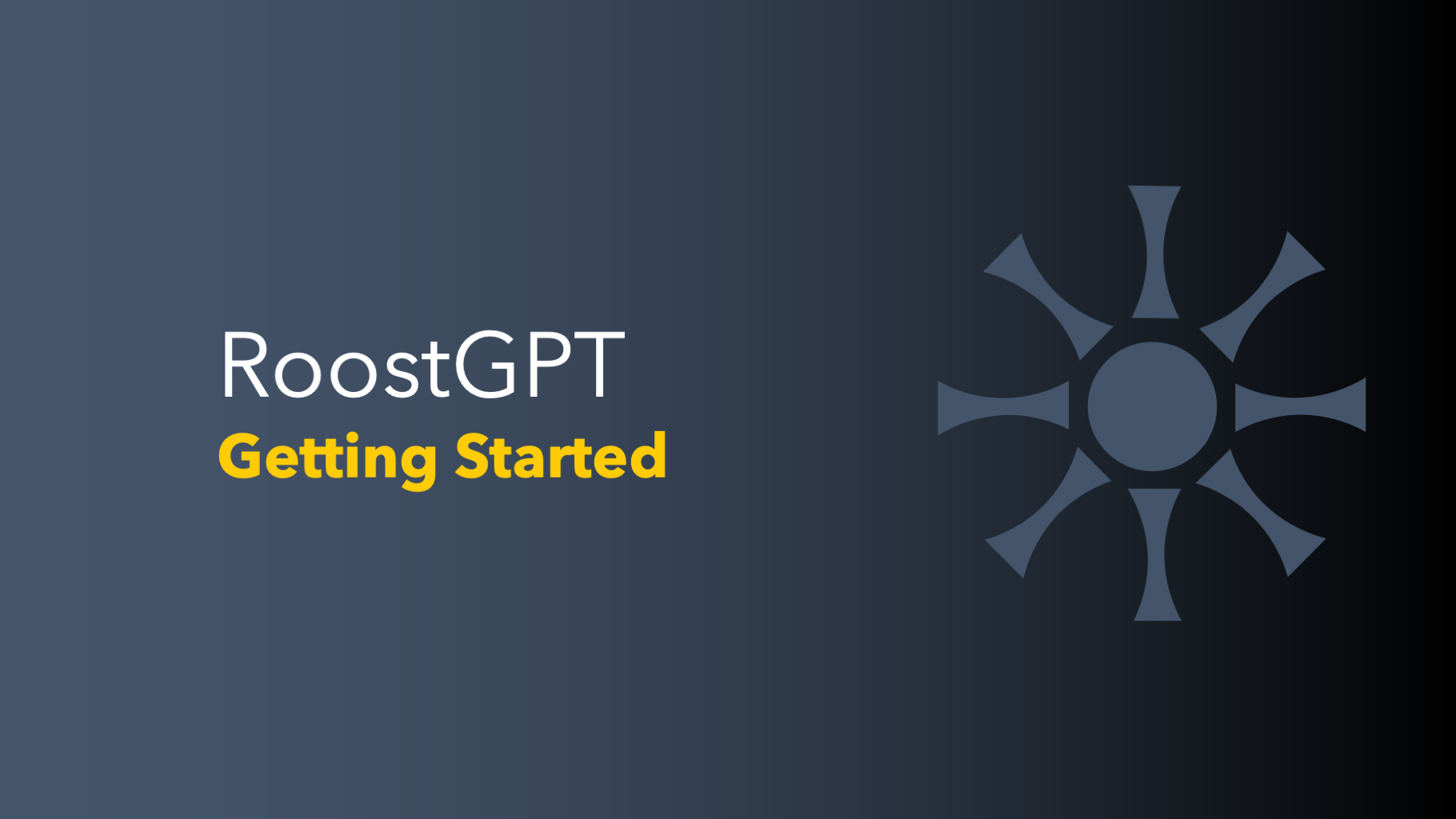Induced demand is a fascinating concept that is often observed in transportation infrastructure, where constructing more roads or highways can lead to an increase in traffic, as people may choose to drive instead of taking a short but inconvenient flight. However, the real uptick in induced demand happens when there is an increase in both supply and automation, such as the use of cars on autopilot on larger roads. This phenomenon is not limited to transportation infrastructure and can be observed in other sectors as well.
Creating test cases is often a dull and exhausting task, much like driving in congested traffic. Unlike driving, test case generation lacks any sense of excitement or thrill - it is consistently monotonous. However, the negative impact of testing is not confined to just writing test cases. Fixing failing tests can be an even more tiring process. To add to the burden, managers often express concerns about inadequate test coverage, which is a valid concern from their point of view.
Automating test case generation, execution, rerunning, and related processes can significantly alleviate testing-related challenges. However, the issue is not limited to these processes alone. When running test cases, developers are essentially testing an underlying service. Service is not an island but is intricately connected to other services both upstream and downstream.
Talking about islands lets use Hawaii as an analogy. imagine we want to test traffic bottlenecks on a specific road in Hawaii. This road is not isolated but is connected to other roads, and the flow of traffic in and out of those roads is essential to consider. Moreover, there are five islands in Hawaii with a reasonable road network, but these islands are not connected, and there is the deep blue sea in between.
o ensure efficient testing, it is crucial to consider only the connected roads when testing a specific road or its segment. The same approach should be taken when testing a service, where only the upstream and downstream services that are functionally connected should be tested. This targeted testing approach allows for comprehensive coverage while reducing unnecessary testing efforts and time.
Roost.ai is a powerful tool that automates the process of identifying service dependencies, creating DevOps environments to run tests and services, and ensuring comprehensive test coverage. This saves developers a significant amount of time and effort while also improving the quality of the service being tested. With Roost.ai, developers can streamline their testing process, allowing them to focus on more important tasks. To learn more about how Roost.ai can help you with your testing needs, visit https://roost.ai.



